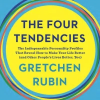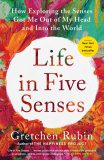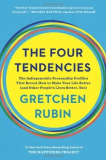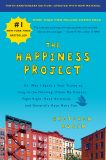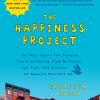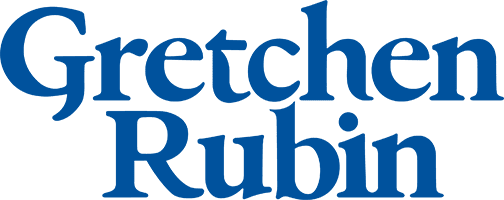

Years ago, I read the 2008 memoir called Chasing Daylight: How My Forthcoming Death Transformed My Life (Amazon, Bookshop) by Eugene O’Kelly, and I’ve never forgotten a realization that O’Kelly describes.
Eugene O’Kelly was a highly successful executive; he was the CEO of KPMG, a major accounting firm. At the age of 53, he was diagnosed with brain cancer with three months to live, and he wrote this memoir in the three-and-a-half months between his diagnosis and his death.
A few nights after his diagnosis had been confirmed, he decided that with his remaining time, he wanted to “unwind all his relationship,” with a truly “rich and unforgettable” encounter with each person who’d mattered to him in some way. He sat down at the table and drew a diagram of several circles, each inside the next. The outer circle was classmates, acquaintances, past colleagues, neighbors, and good people from clubs and organization he’d belonged to, then the circle of close business associates, then lifetime friends, then immediate family, then children, then wife.
To unwind these relationships, he decided to start from the outside and work toward the center. He was surprised and touched to realize that in the outermost ring, he had more than a thousand names of people whom he described as “people who had enriched my life just by being in it and whose lives I believed I’d enhanced because of a shared experience or passion—business school, love of wine, charity work, the 49ers, etc.” He couldn’t connect with all these people, so he only “closed” relationships with less than half, and many through mail or phone. Still he did spend about three weeks on that group.
He found it very rewarding, but nevertheless, he learns a hard lesson and changes his mind about this approach. Here’s a lightly edited version of what he writes:
Given my attention to detail and my natural thoroughness, I had to remind myself how easy it would be to spend lots of time with the outer circle, which would ultimately be at the expense of the inner circles. I thought about how, during my previous life, I might have unconsciously been too consumed by the outermost circle. At work, with constant demands on my time, I’d got into the habit of meeting with certain people—good people, nice people, but nonetheless fifth-circle people. Was it necessary to have breakfast with them four times a month? I could have done less of that. Had I somehow been inspired to draw my map of concentric circles earlier in my life, when I thought I had forever in front of me, I could have delineated for myself how important certain people were and how less important others were, and perhaps it would have guided me in how I allocated my time (or my energy).
…
I realized that being able to count a thousand people in that fifth circle was not something to be proud of. It was something to be wary of. Please don’t misunderstand: the fifth circle is nice. The people who populate it are worthwhile, and belong in the first circle of other people. They’re just not the people who should have consumed the time and energy that they did.
…Three weeks was a lot of time to spend on the fifth circle for a man who had maybe three months. Too much time, actually. I had miscalculated.
I’ve never forgotten Eugene O’Kelly’s observation. It’s all too easy to spend time and energy on the outer circles, and take the inner circles for granted.

